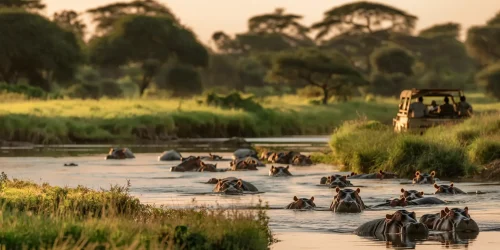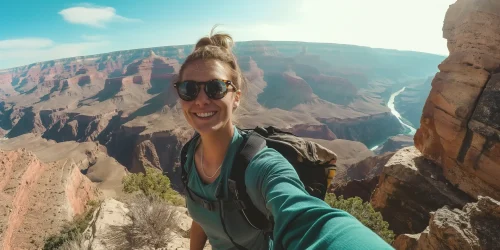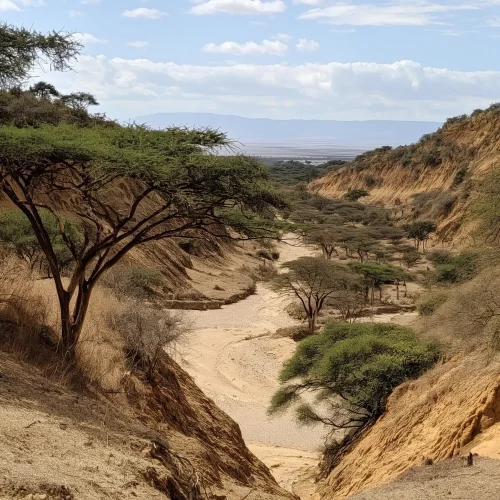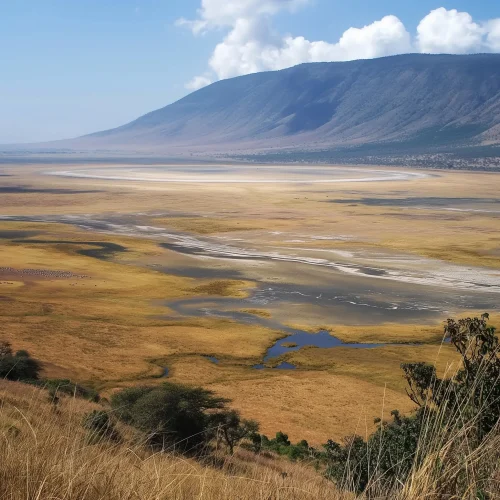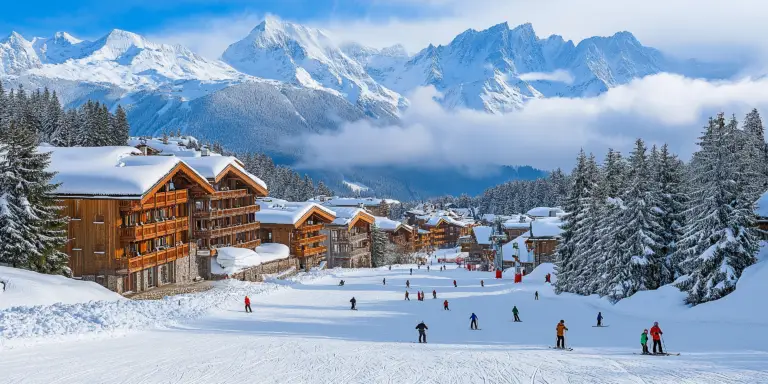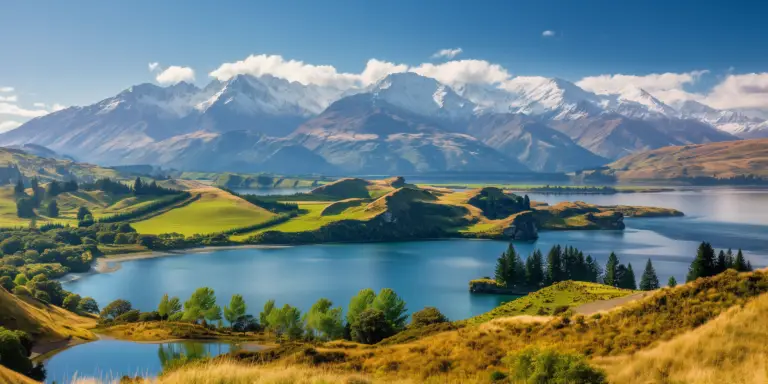Serengeti National Park, located in northern Tanzania, is one of the most renowned wildlife sanctuaries in the world. It spans over 14,750 square kilometers and is celebrated for its vast savannas, stunning landscapes, and incredible wildlife diversity. The park is a UNESCO World Heritage Site and a prime destination for travelers seeking an unforgettable African safari experience.
Wildlife and the Great Migration
The Serengeti is most famous for the Great Migration, an awe-inspiring natural phenomenon where over 1.5 million wildebeest, along with hundreds of thousands of zebras and gazelles, traverse the plains in search of fresh grazing grounds. This migration, which includes dramatic river crossings where predators await, is considered one of the most spectacular wildlife events on the planet.
Apart from the migration, the Serengeti is home to the Big Five: lions, leopards, elephants, buffaloes, and rhinos. The park boasts the highest concentration of large predators in Africa, with a particularly high number of lions. Cheetahs, hyenas, jackals, and a variety of bird species also thrive in this diverse ecosystem.
Landmarks and Activities
Seronera Valley: Located in the heart of the Serengeti, the Seronera Valley is known for its abundant wildlife, especially big cats. It’s a great spot for game drives, offering the chance to see lions lounging in the shade or leopards resting in acacia trees.
Grumeti River: The Grumeti River is famous for its dramatic wildebeest crossings during the Great Migration. Crocodiles lurk in the waters, waiting for their prey, making it a thrilling sight for visitors.
Lobo Valley: Situated in the northern Serengeti, the Lobo Valley is a less crowded area, providing a more intimate safari experience. It’s an excellent place to see elephants, giraffes, and a variety of antelopes.
Hot Air Balloon Safaris: For a unique perspective of the Serengeti, consider a hot air balloon safari. Floating above the plains at sunrise offers breathtaking views of the landscape and wildlife below.
Cultural Insights
The Serengeti is not only about wildlife; it’s also rich in culture. The Maasai people, known for their distinctive customs and dress, live in the areas surrounding the park. Visitors can explore Maasai villages to learn about their traditional way of life, participate in dances, and purchase handmade crafts.
Travel Tips
- Best Time to Visit: The best time to visit depends on what you want to see. The Great Migration typically occurs from June to October, while the calving season (when many animals give birth) is from January to March.
- Accommodation: The Serengeti offers a range of accommodation options, from luxury lodges to budget campsites. Notable lodges include the Serengeti Serena Safari Lodge and Four Seasons Safari Lodge.
- Travel Essentials: Pack lightweight clothing in neutral colors, a good pair of binoculars, a camera with a zoom lens, sunscreen, insect repellent, and a hat. Don’t forget your travel documents and park entry permits.
- Health and Safety: Ensure you have the necessary vaccinations and take anti-malarial medication. Always follow the guidance of your safari guide to stay safe around wildlife.
Culinary Delights
While on safari, you’ll have the opportunity to taste local Tanzanian cuisine. Dishes often include staples like ugali (a type of maize porridge), nyama choma (grilled meat), and fresh tropical fruits. Many lodges and camps offer a blend of local and international cuisine, ensuring a delightful culinary experience.
Serengeti National Park is a paradise for nature lovers and adventure seekers alike. Its vast landscapes, diverse wildlife, and cultural richness make it a must-visit destination.
